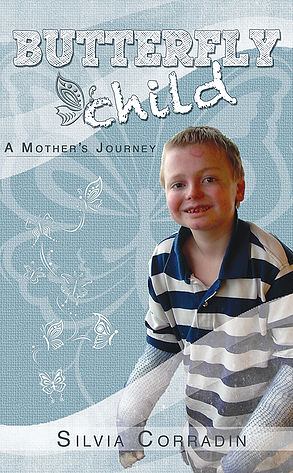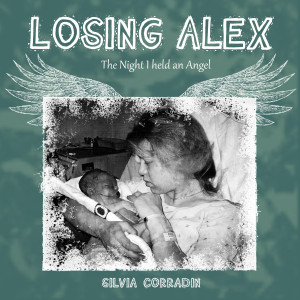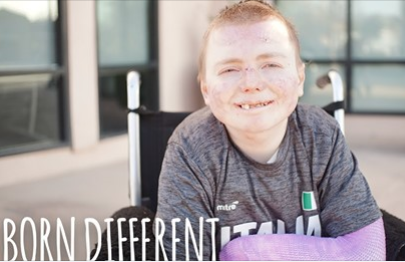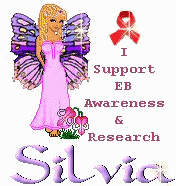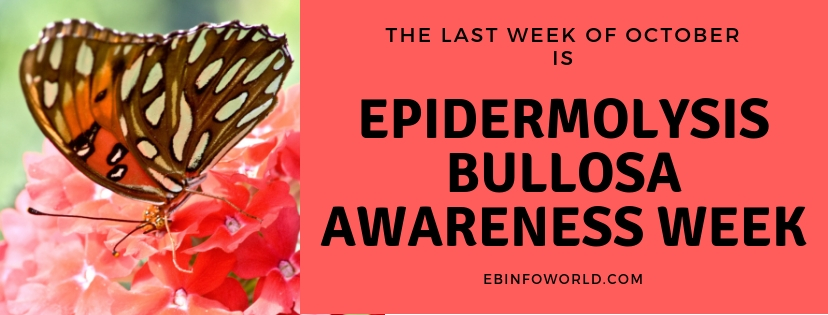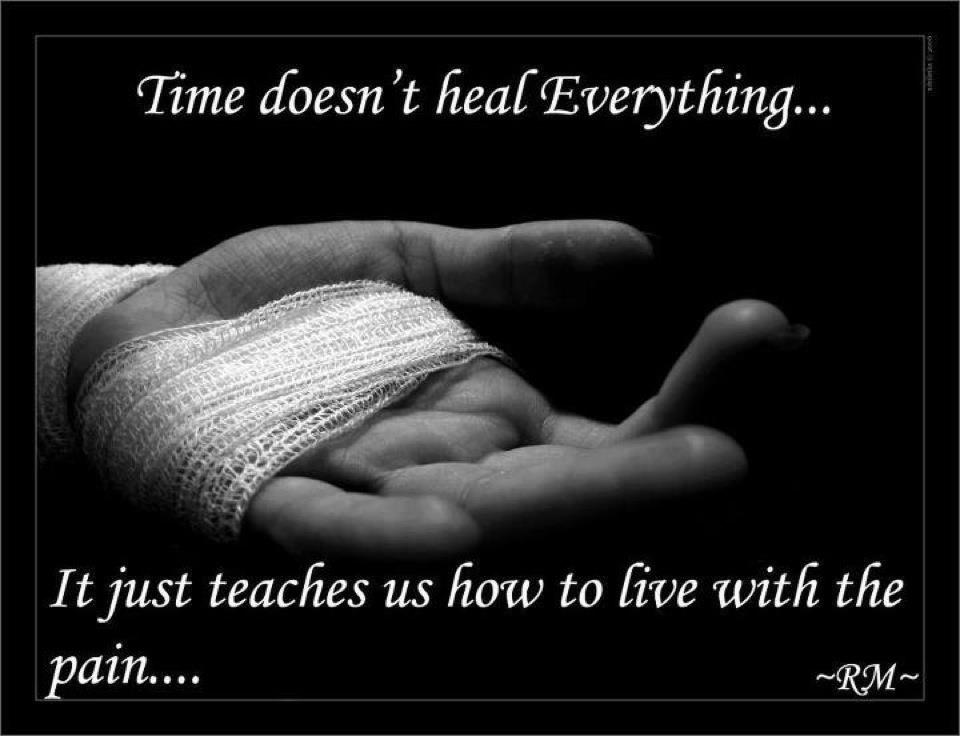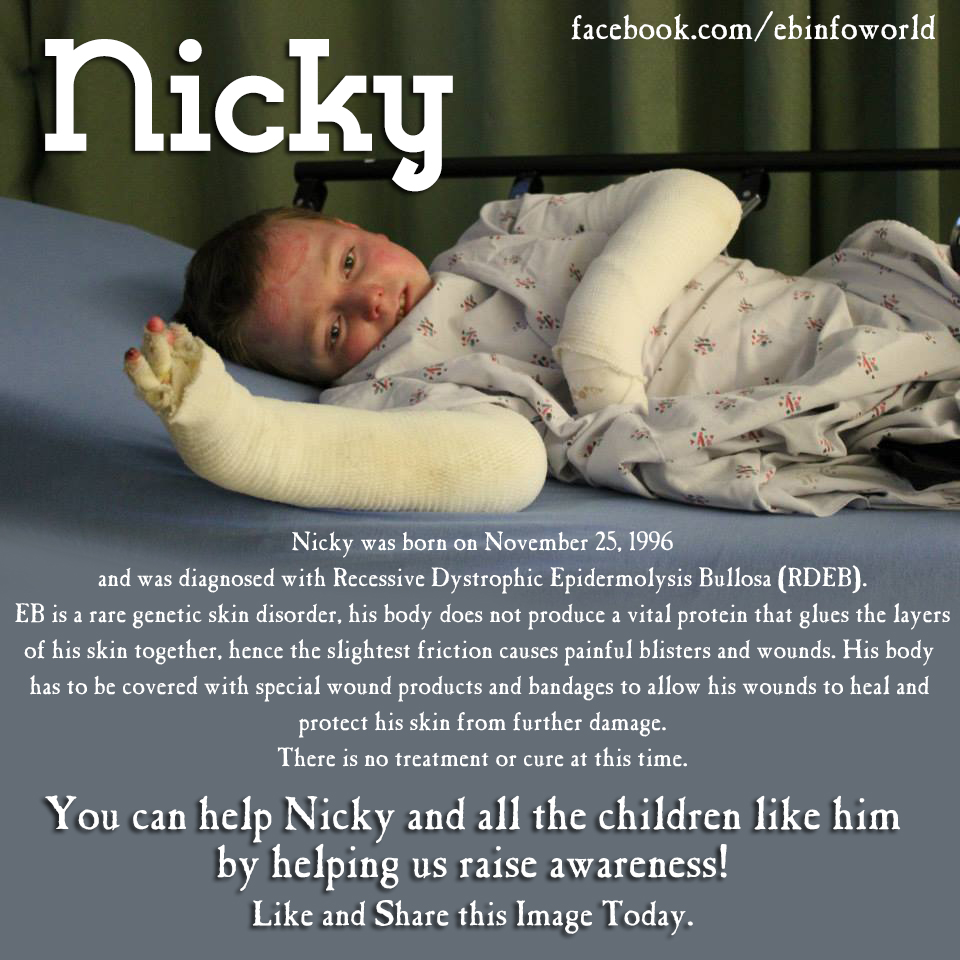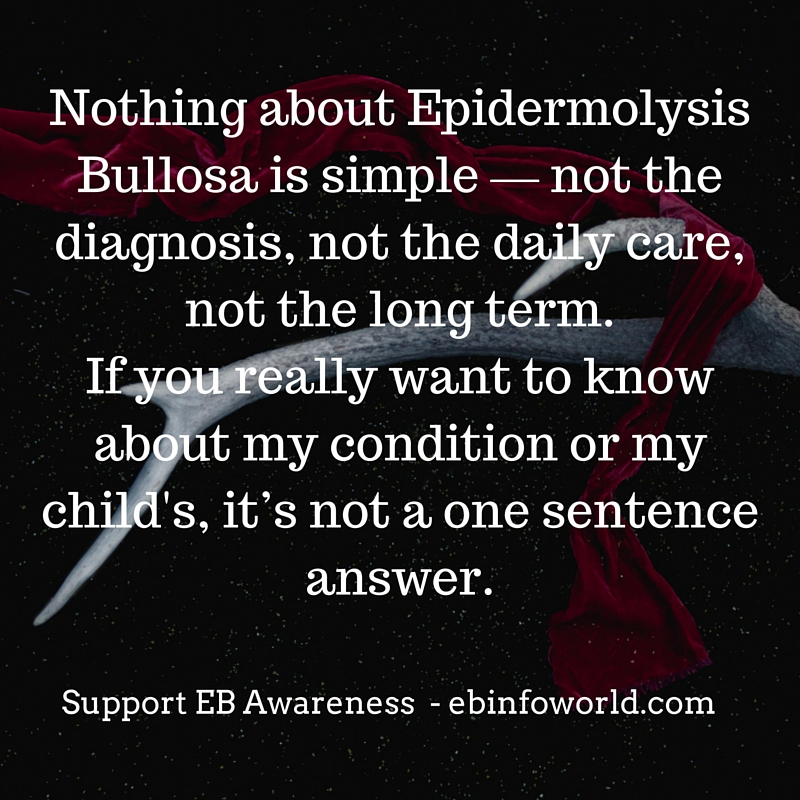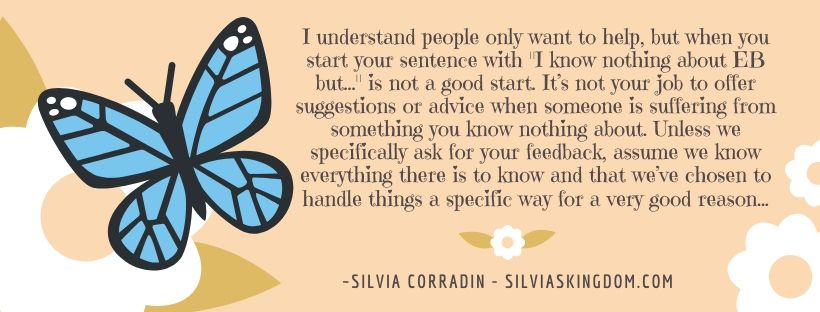My son Nicky was diagnosed with Epidermolysis Bullosa (EB) 12 hours after his birth, a month later we received the official diagnosis of “Recessive Dystrophic”. Here are my top 6 things to know about Epidermolysis Bullosa.
1. Epidermolysis Bullosa is a genetic skin disorder.
Epidermolysis Bullosa it’s an umbrella term for a group of genetic skin blistering disorders. The condition arises from genetic mutations present at birth, which can be inherited either recessively or dominantly. Different mutations cause the different forms of EB, as the body does not produce or produce very little of certain proteins that cause the fragility of the skin. In rare cases EB can also be an autoimmune disease in which the body produces antibodies to the structural components of the skin.
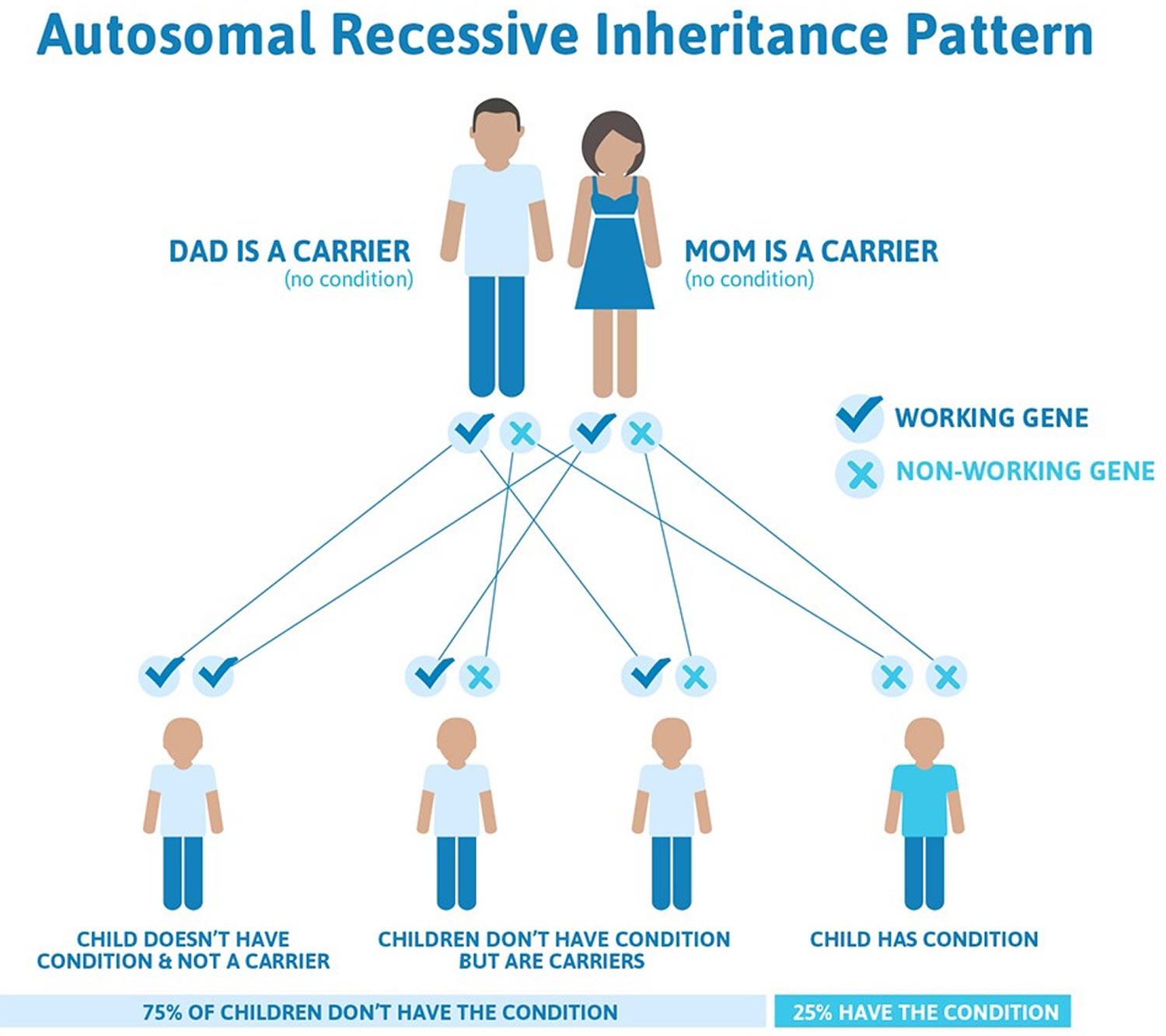 2. There are a variety of types of Epidermolysis Bullosa.
2. There are a variety of types of Epidermolysis Bullosa.
Epidermolysis Bullosa manifests itself in a variety of ways. The three primary types of EB are Simplex (Causes blisters within the epidermis. It’s typically inherited dominantly, key genes effected are Keratins 5, 14, & Plectin), Junctional (Causes blisters between the epidermis and the dermis. It’s typically inherited recessively, key genes effected are Collagen XVII, Integrin, & Laminin) and Dystrophic (Causes blisters in the dermis, “Dominant Dystrophic” is inherited dominantly, “Recessive Dystrophic” recessively. Key gene effected is Collagen VII). Of note, Epidermolysis bullosa acquisita is an autoimmune form of Dystrophic EB.
3. Epidermolysis Bullosa can be mild, moderate or severe.
Epidermolysis Bullosa has a wide range of severities. Some people with Epidermolysis Bullosa may not be visibly effected or may appear to have very few visible blisters, while others have to be completely wrapped due to the extreme fragility of their skin and may be wheelchair bound. They may need a g-tube and may need several surgeries to release webbed fingers or open the throat so they can swallow. Many people with Epidermolysis Bullosa lie between these extremes.
4. There is no effective treatment for Epidermolysis Bullosa at this time.
While there is a ton of research being done all over the world to try and cure EB, at this point in time there is no silver bullet. The current trials include studies involving Stem Cell Transplants, Gene Therapy, Gene Transfer and more. View Current Trials here –> https://www.ebresearch.org/clinical-trials1.html
 5. Epidermolysis Bullosa is not an intellectual disability.
5. Epidermolysis Bullosa is not an intellectual disability.
People living with Epidermolysis Bullosa have average or above-average intelligence — just as in those without EB. Therefore, it is of the utmost importance to presume competence when interacting with people affected by EB.
6. Many people with Epidermolysis Bullosa experience physical pain.
Blisters are painful, and the more severe the form, the more severe the pain, hence stronger pain medications.
I hope this helps!
Love & Light,


